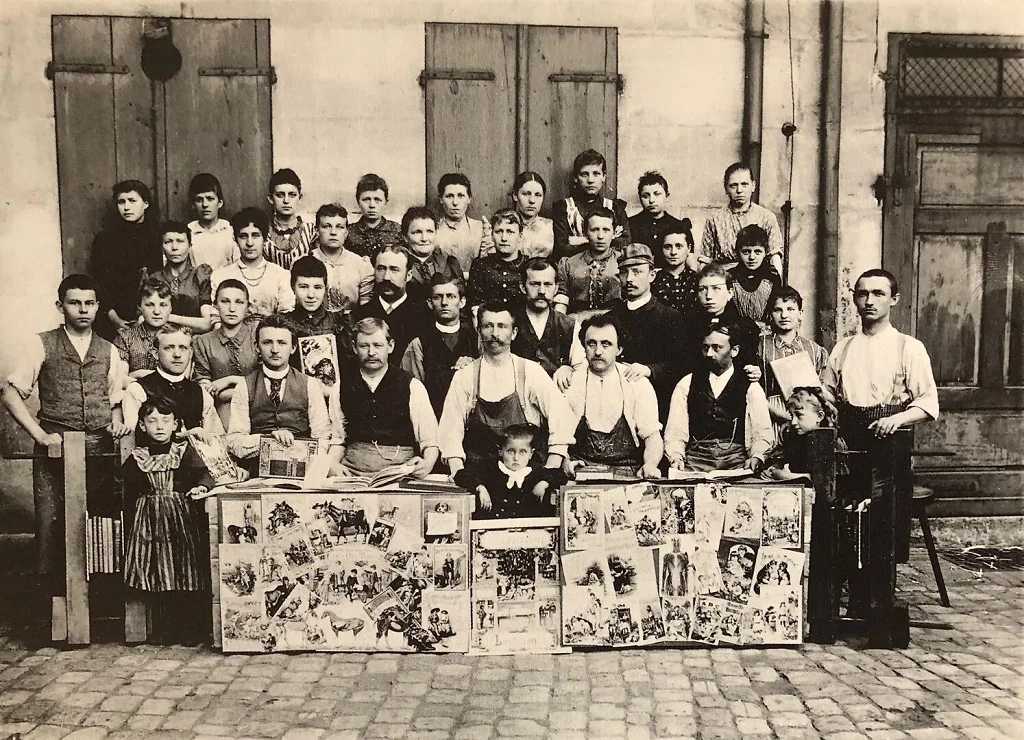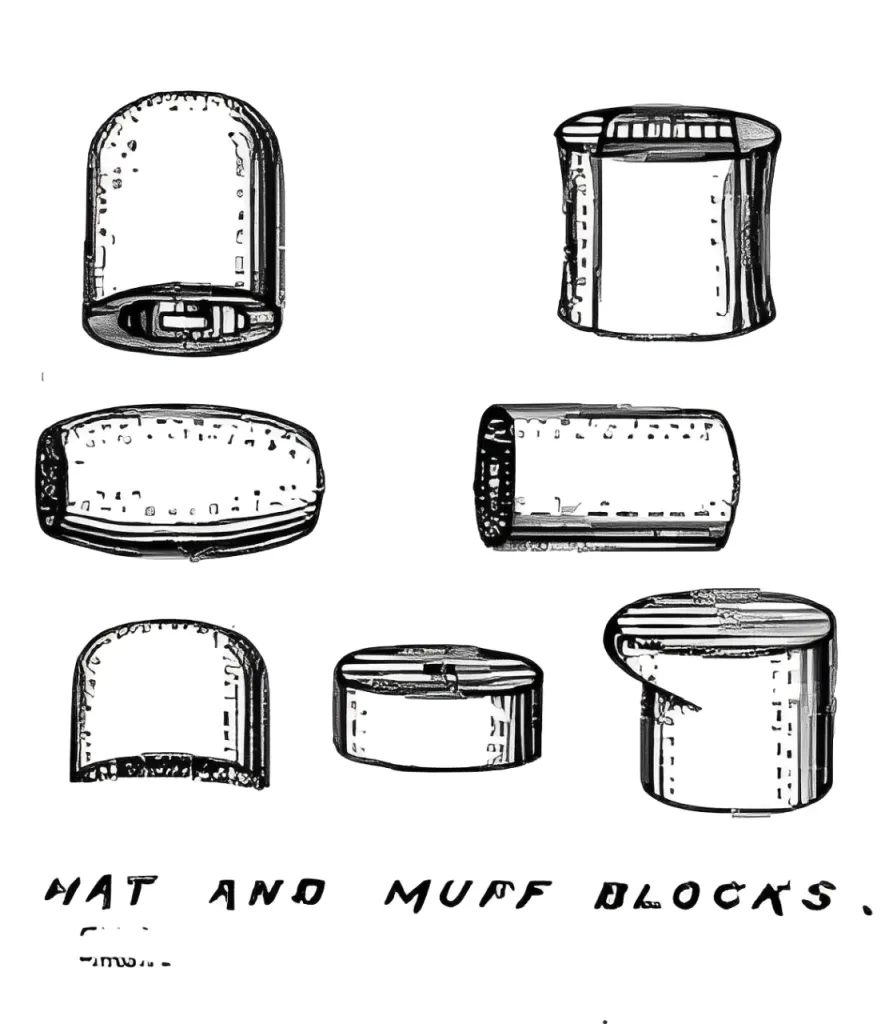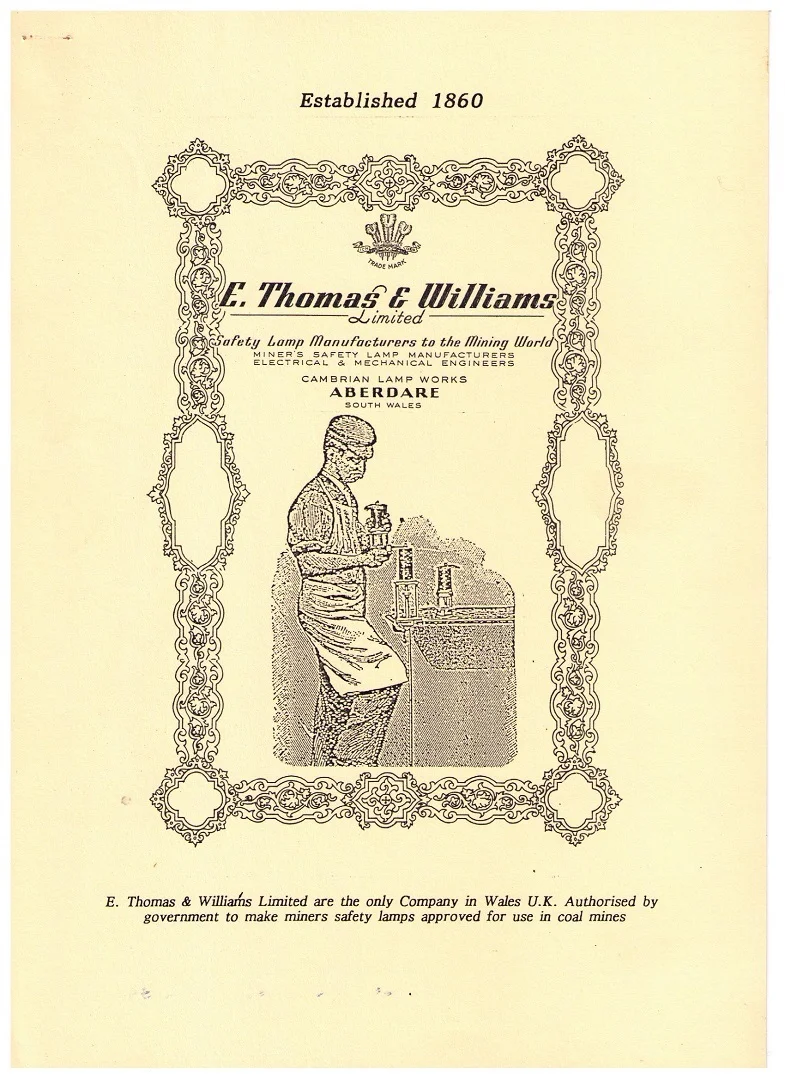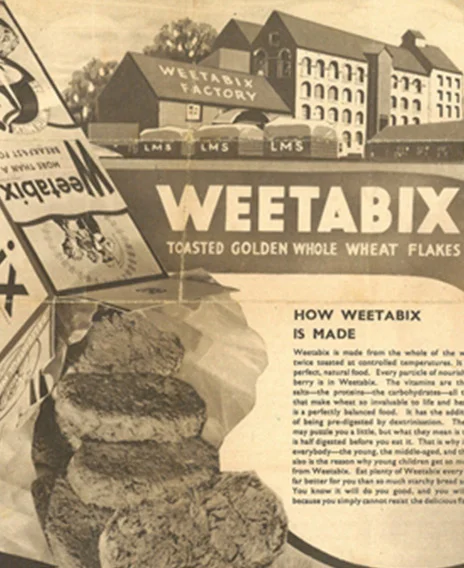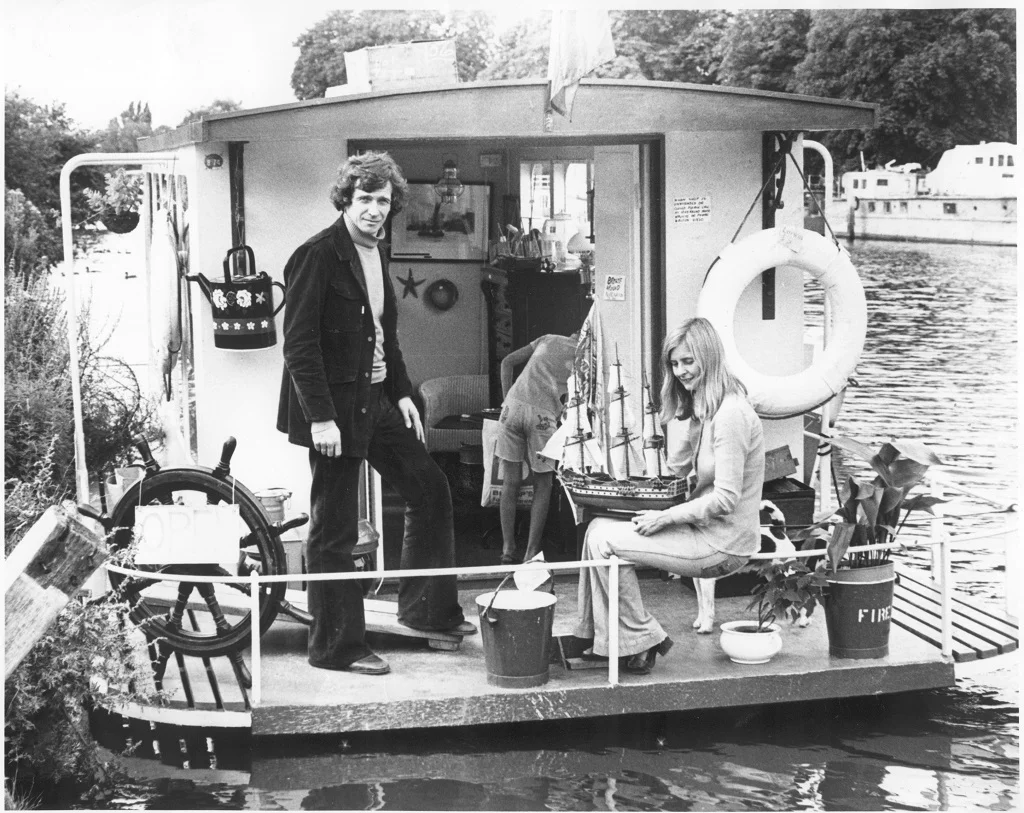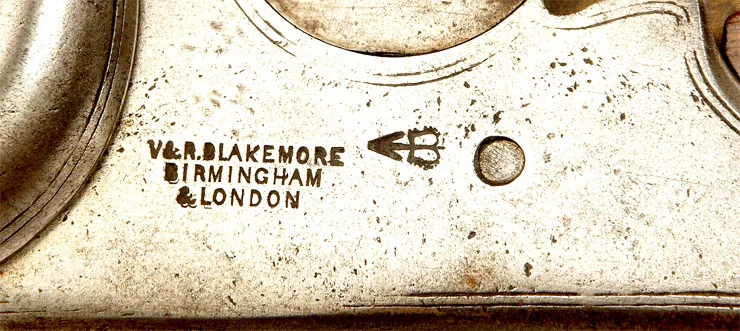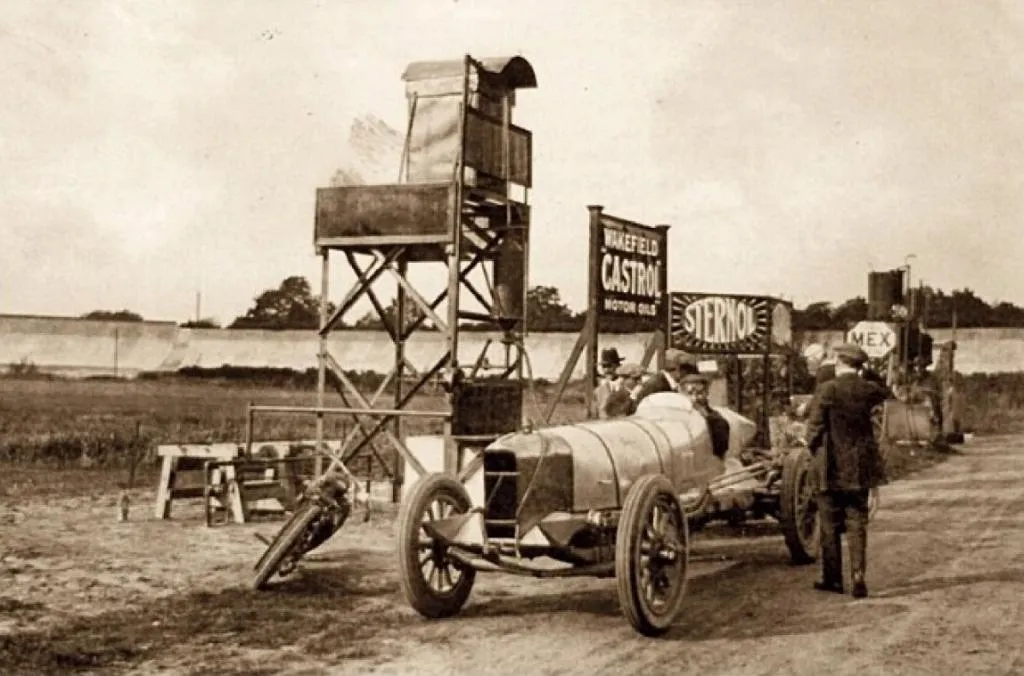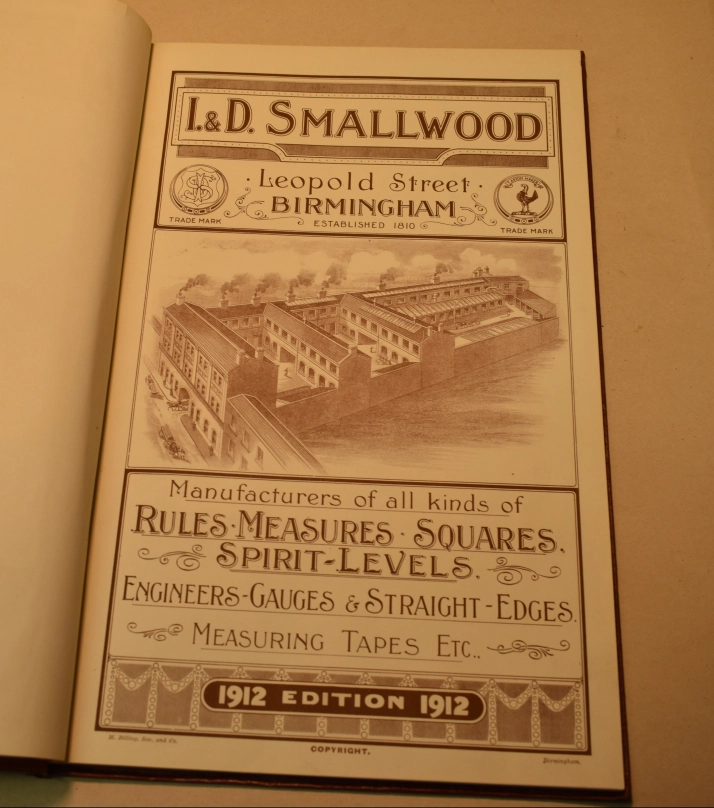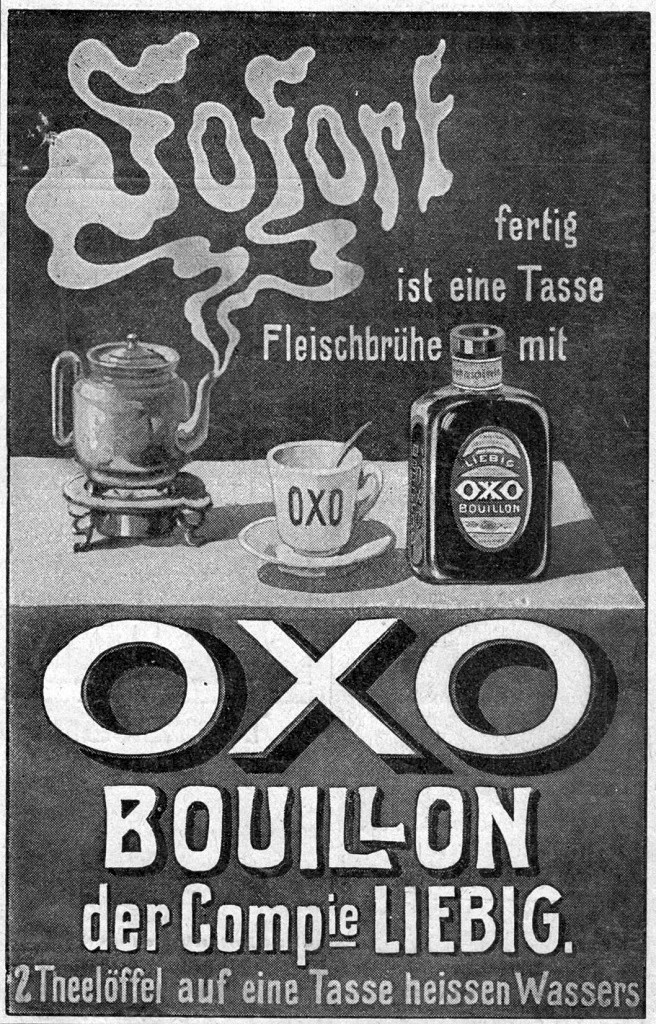The History and Legacy of L.M.S. Railway
The London, Midland and Scottish Railway (L.M.S.) was Britain’s largest railway company, shaping passenger travel, freight transport, locomotive innovation, and hospitality from 1923 to 1948.
From its formation and engineering marvels to passenger comfort, freight operations, mobile locomotive testing, and the grand LMS hotel chain, this article explores the history and legacy of Britain’s most influential railway.
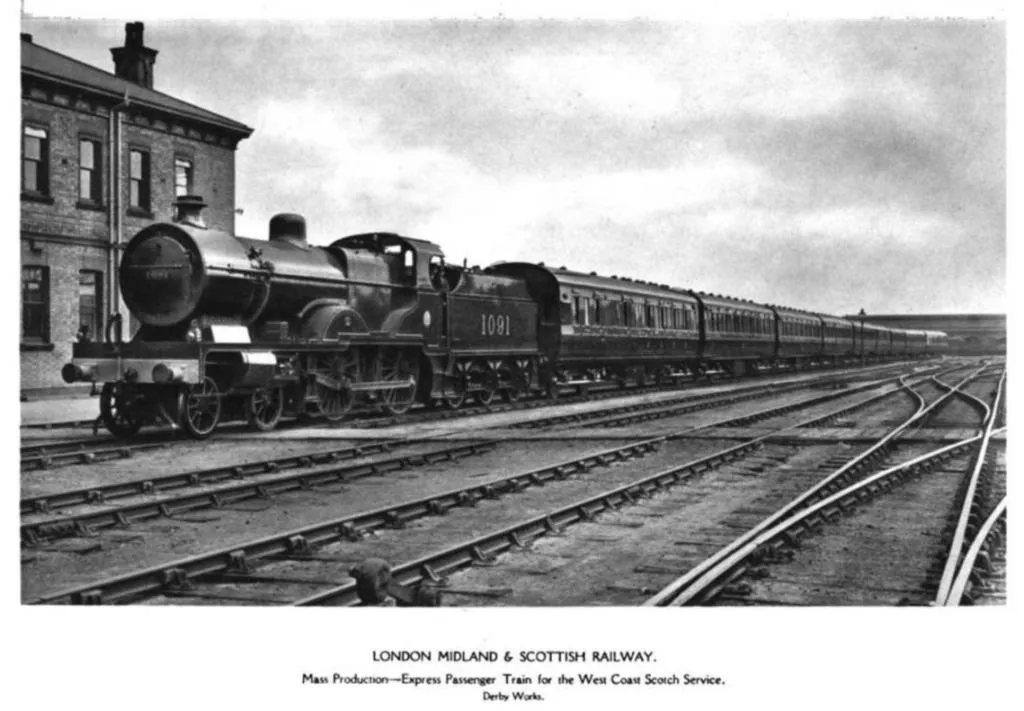
Source: Google Books
Table of Contents
The Formation of L.M.S.Engineering Marvels: The L.M.S. LocomotivesPassenger Comfort: The Third-Class Carriage RevolutionLMS Hotels: The Largest Railway-Operated Hotel Chain in the British EmpireFreight and Industrial ContributionsMobile Testing and Locomotive EfficiencyLegacy and NationalizationFinal ThoughtsThe London, Midland and Scottish Railway (L.M.S.), formed in 1923 as part of the "Grouping Act", was the largest of the "Big Four" railway companies in the UK. It operated until 1948, when it was nationalized into British Railways. These were the so-called "Big Four": London, Midland and Scottish Railway (L.M.S.), London and North Eastern Railway (L.N.E.R.), Great Western Railway (G.W.R.), and Southern Railway (S.R.).
L.M.S. played a crucial role in passenger and freight transport, significantly shaping Britain's economic and industrial landscape. This article explores the rich history, technological advancements, and legacy of L.M.S., with archival images illustrating its remarkable journey.
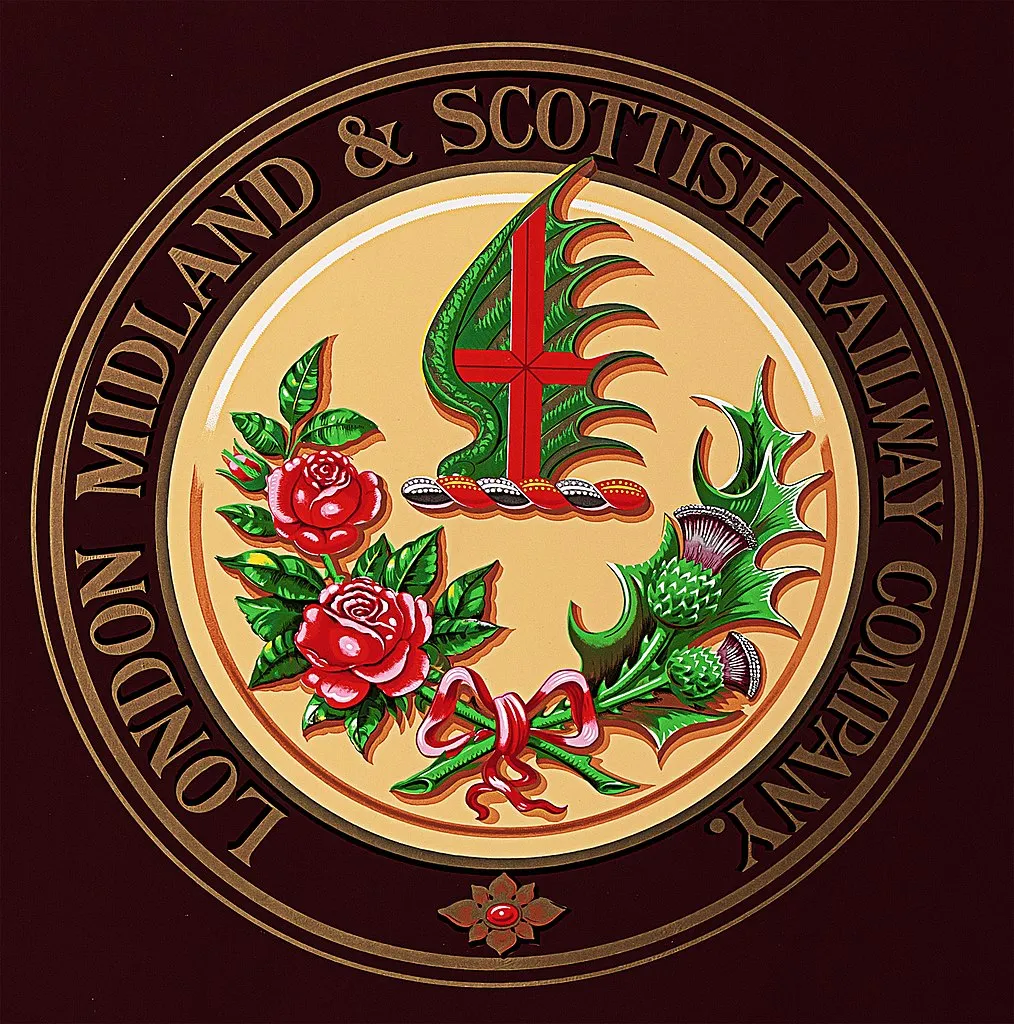
Source: By dun_deagh - https://www.flickr.com/photos/dun_deagh/15095274827/, CC BY-SA 2.0, Wikimedia
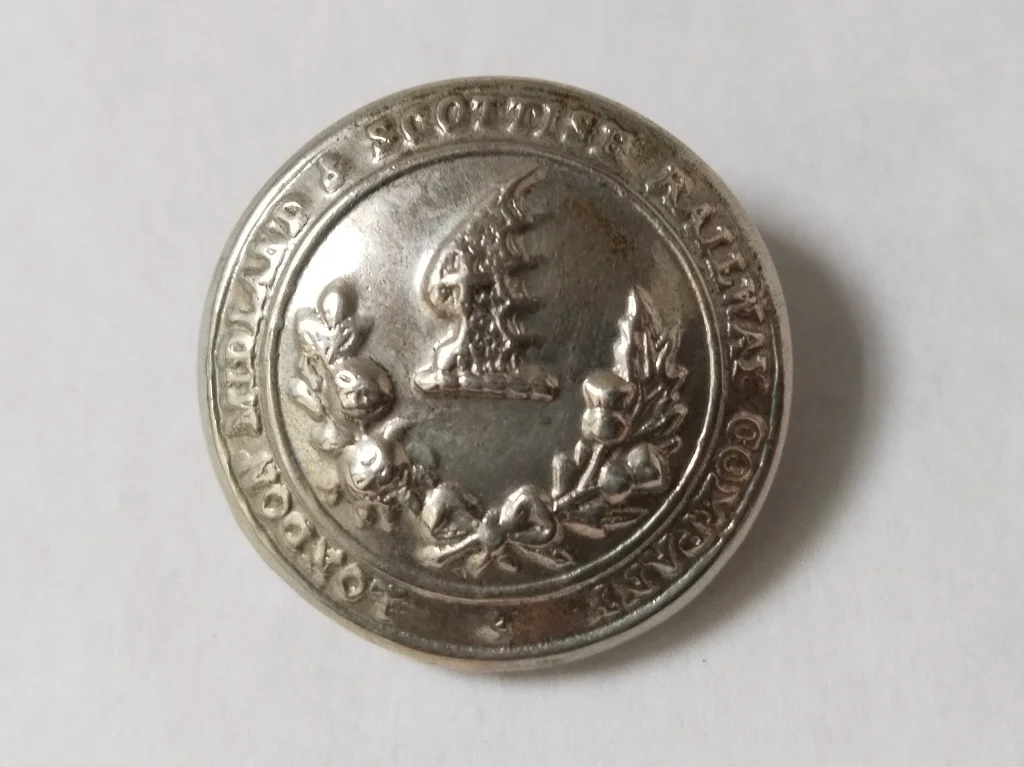
Source: by Stable MARK - own work
The Formation of L.M.S.
In 1923, the Railways Act of 1921 consolidated over 120 railway companies into four major groups. L.M.S. was created from a merger of major lines, including:
- Midland Railway
- London and North Western Railway (LNWR)
- Caledonian Railway
- Highland Railway
- Glasgow & South Western Railway
- Furness Railway
With 6,870 miles of track, L.M.S. was the largest joint-stock railway in Britain, extending from London to Scotland, with international freight links to Europe via Grangemouth Docks.
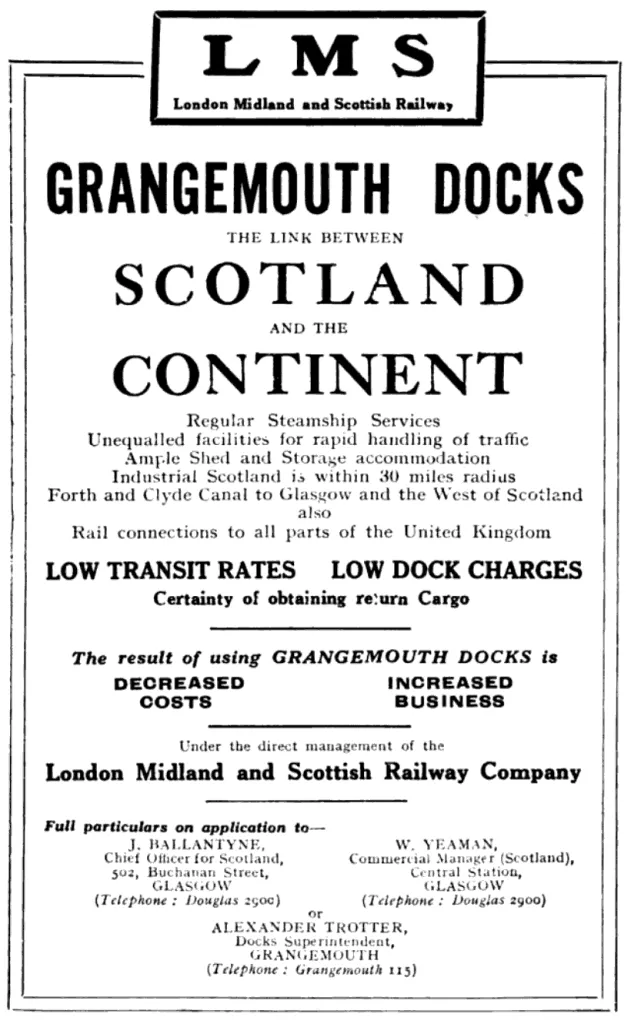
Source: Google Books
Engineering Marvels: The L.M.S. Locomotives
L.M.S. was home to some of Britain’s most famous locomotives. The 4-6-0 express locomotive, designed by George Hughes, exemplified the company’s pursuit of speed and efficiency. These locomotives were vital for express passenger services like the famous "Royal Scot".
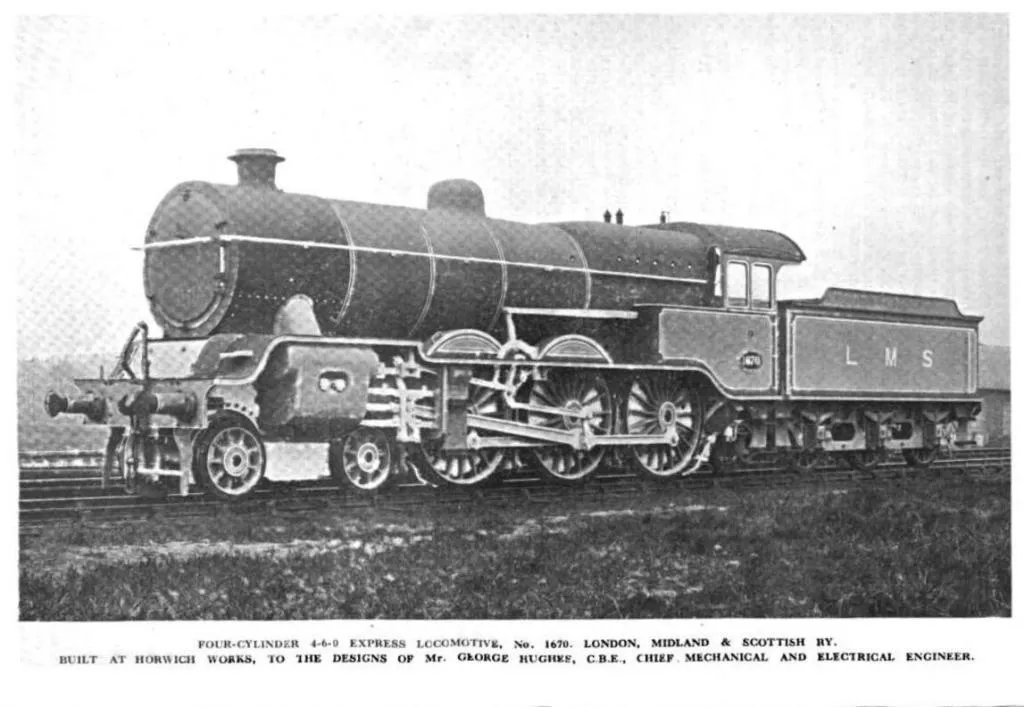
Source: Google Books
Mass Production and Passenger Trains
A landmark achievement of L.M.S. was the mass production of express passenger trains, which revolutionized rail transport in Britain. These trains were built at Derby Works and served as a model for modern railcars.
Passenger Comfort: The Third-Class Carriage Revolution
Before L.M.S., third-class passengers had minimal comfort. However, in the 1920s, L.M.S. improved passenger travel with vestibuled carriages, increasing comfort and accessibility. These carriages provided enclosed compartments with upholstered seating, a significant leap forward from the open wooden benches of the past.
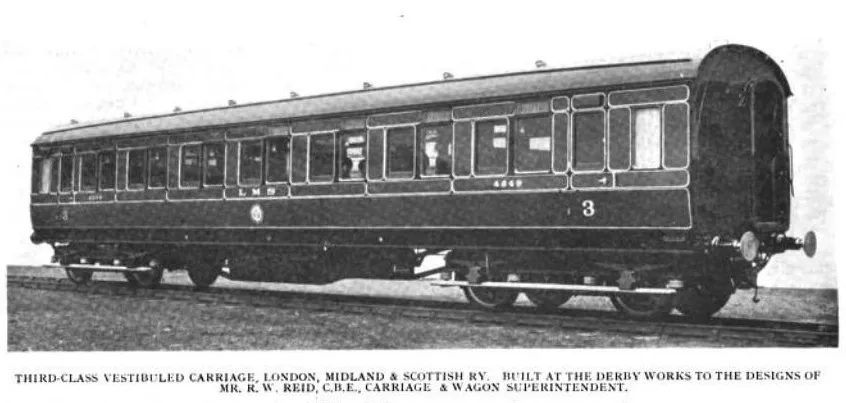
Source: Google Books
L.M.S. was also known for its luxury travel promotions, including "Vanity Fair Travel" campaigns, enticing passengers with scenic journeys across England.
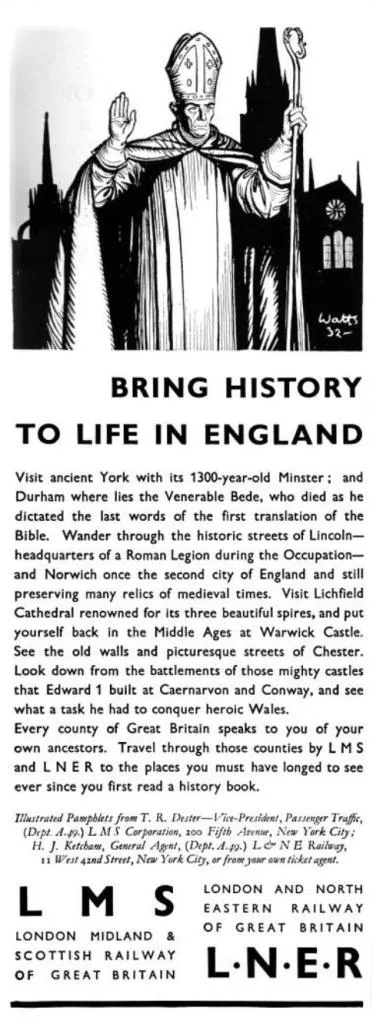
Source: Vanity Fair Travel, 1933, Google Books
LMS Hotels: The Largest Railway-Operated Hotel Chain in the British Empire
The LMS Hotels & Catering Service was a major hospitality enterprise, operating nearly 30 hotels across the UK. The company provided catering cars on trains, station refreshment services, and accommodations ranging from large city hotels to smaller provincial lodgings. By the late 1930s, the department employed 8,000 staff, served over 50 million customers annually, and generated £3 million in revenue (equivalent to £234 million in 2023). The Midland Hotel in Manchester and the Midland Hotel in Morecambe, the latter an Art Deco landmark, were among the most renowned in the network. The Queens Hotel in Leeds was another notable property, exemplifying L.M.S.'s commitment to luxury and comfort.
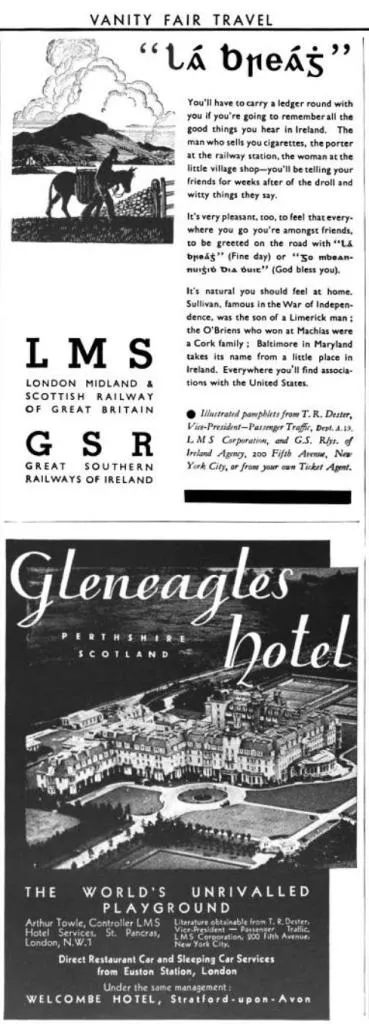
Source: Google Books
Freight and Industrial Contributions
L.M.S. played a crucial role in freight transport, supporting Britain's industrial sector. The railway used innovative containerized transport, an early version of modern intermodal shipping.
Locomotives
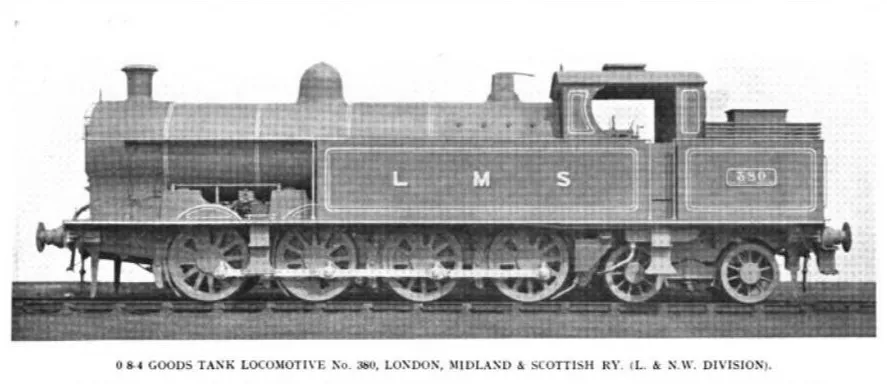
Source: Google Books
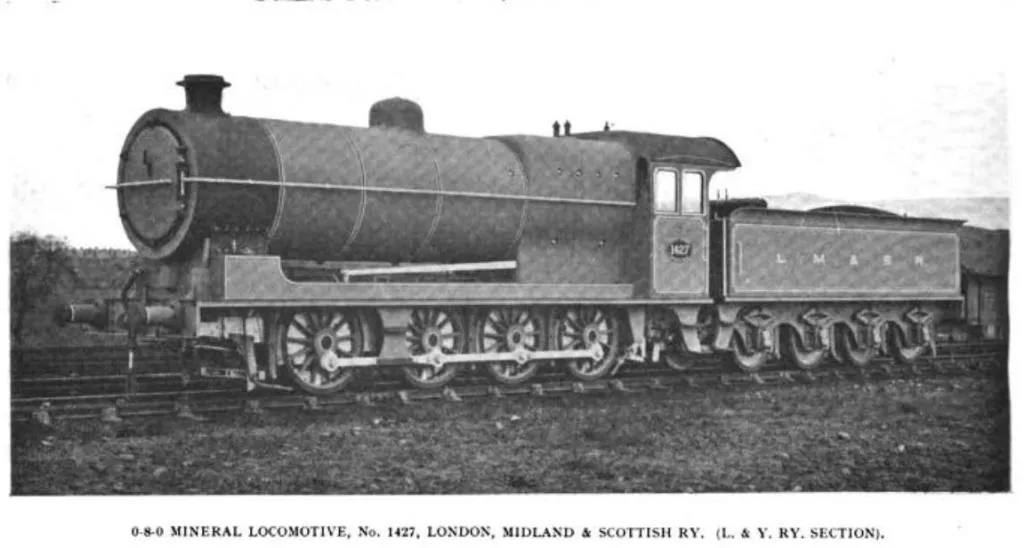
Source: Google Books
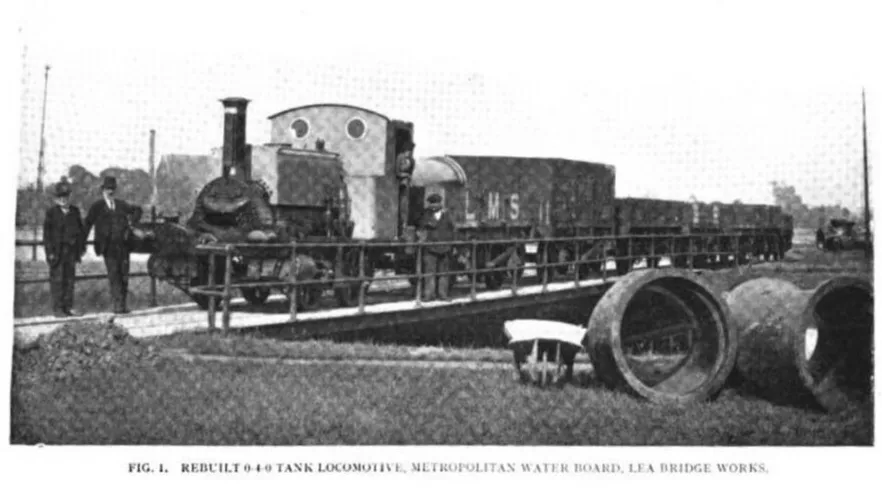
Source: Google Books
Wooden and Steel Containers
The wooden and steel containers allowed for efficient movement of goods, particularly coal, textiles, and raw materials.
The L.M.S., owned, at June 1933, 3,717 open and closed containers:
Closed containers
- A. 2.5 tons carrying capacity – 762
- B. 4 tons carrying capacity – 1015
- F. Insulated container with 4 tons carrying capacity – 320
- K. Furniture containers with a carrying capacity of 3 tons – 190
- K. Furniture containers with a carrying capacity of 3 tons – 190
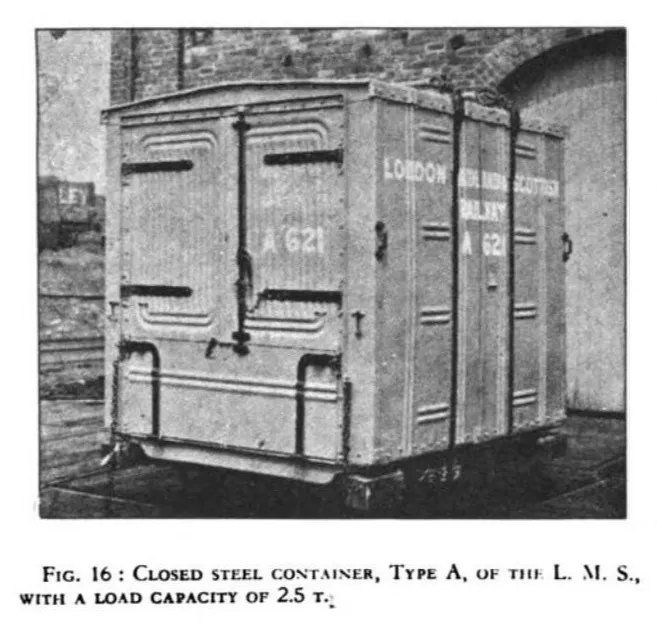
Source: Google Books
A certain number of Type B containers have been converted into Type K containers. The greatest increase since 1932 has taken place in F and K Types.
Open containers
- C. 3 tons carrying capacity – 250
- D. 4 tons carrying capacity – 752
- H. 2 tons carrying capacity and lid cover – 408
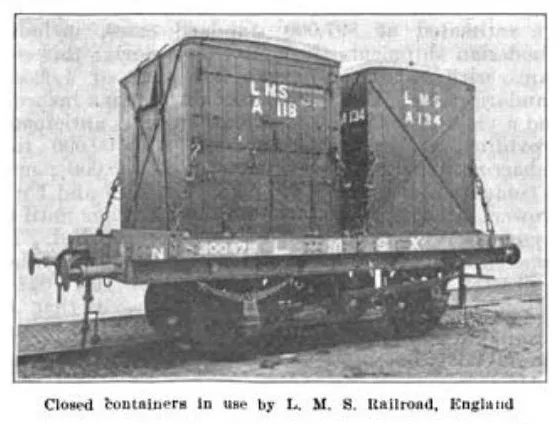
Source: Google Books
The use of wood or steel containers depends upon the nature of the load. Ordinary ice is used for the insulated containers. It is carried in buckets on the floor of the container.
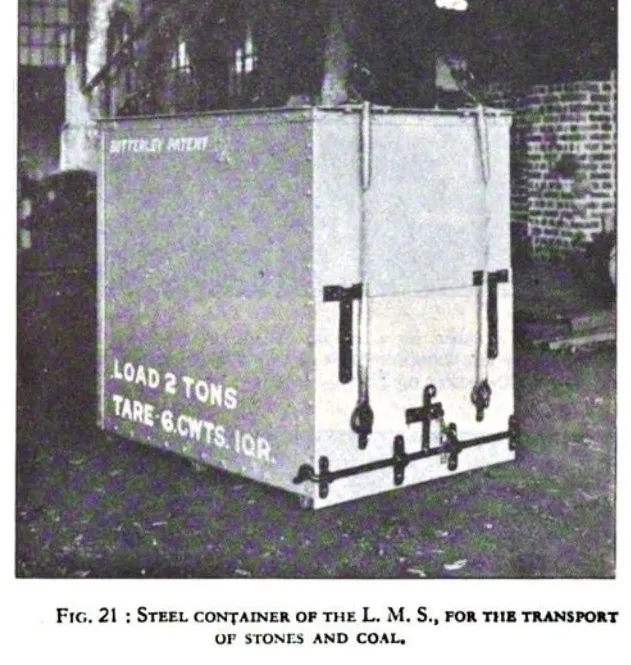
Source: Google Books
L.M.S. was also a pioneer in dockyard logistics, operating Grangemouth Docks to facilitate international shipping between Scotland and the Continent.
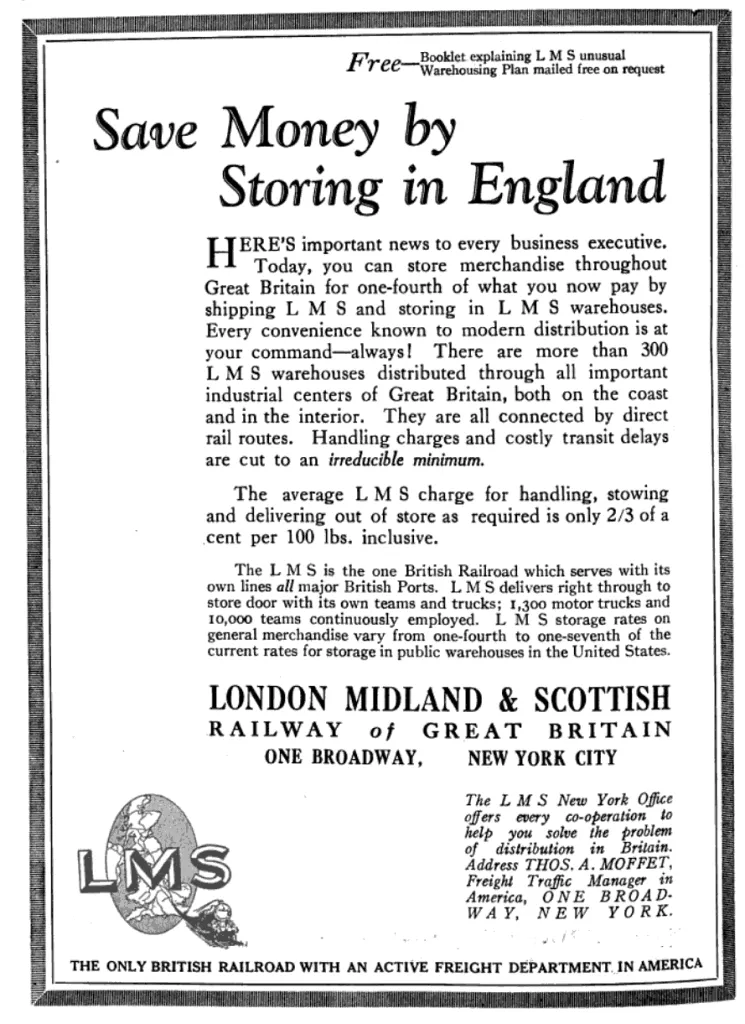
Source: Google Books
Mobile Testing and Locomotive Efficiency
To improve fuel efficiency, L.M.S. developed a mobile testing plant for locomotives in 1939. The Dynamometer Car allowed engineers to measure coal and water consumption, improving locomotive performance.
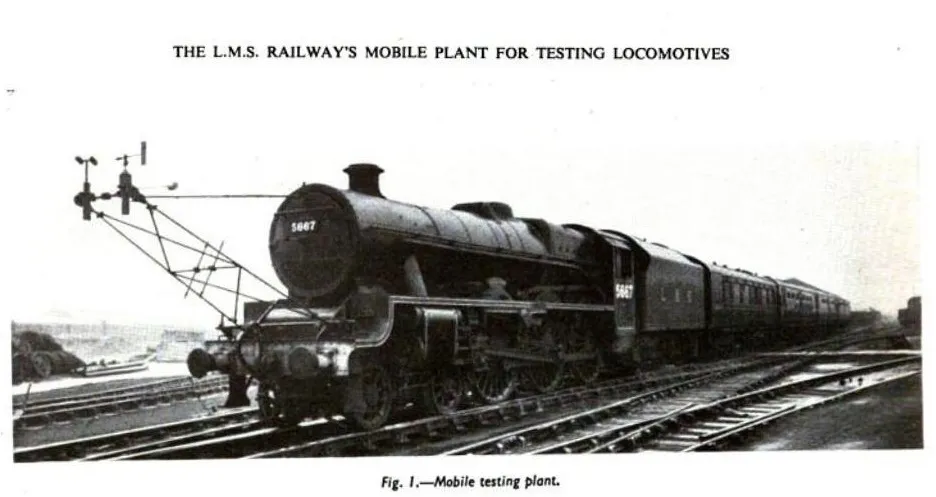
Source: Google Books
One of the key innovations was the specialized tender, which precisely measured coal and water usage.
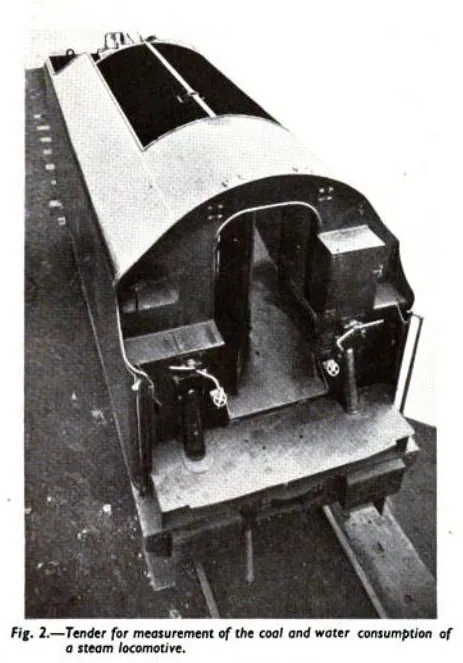
Source: Google Books
The interior of the testing unit, featuring advanced monitoring instruments, ensured accurate readings.
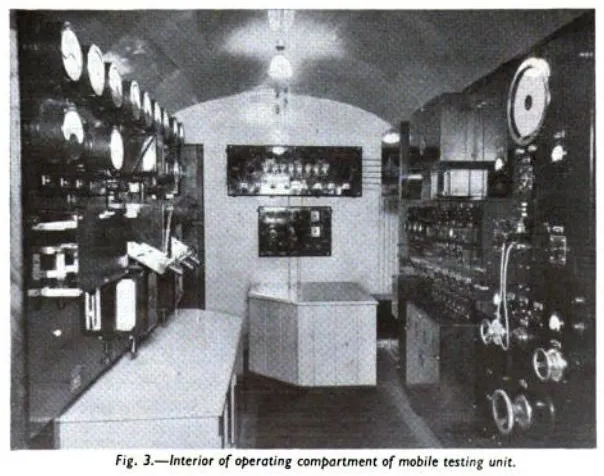
Source: Google Books
Legacy and Nationalization
Despite its success, L.M.S., like other British railways, was nationalized in 1948, forming British Railways. However, its innovations in locomotive design, freight transport, and passenger service left a lasting impact.
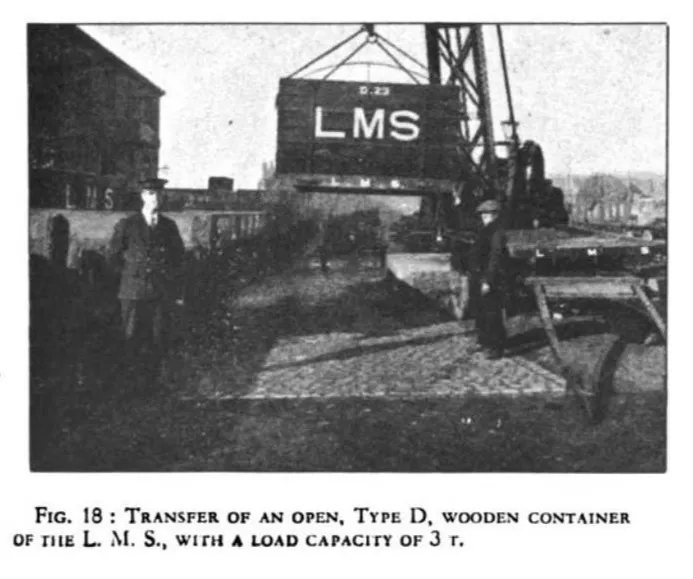
Source: Google Books
Many L.M.S. locomotives are preserved in railway museums, and the company's engineering advancements continue to influence modern rail systems.
Final Thoughts
L.M.S. was more than just a railway—it was a technological and logistical powerhouse. From revolutionizing passenger comfort to pioneering freight transport and fuel efficiency testing, its impact on British rail history remains undeniable.
For railway enthusiasts, researchers, and collectors, L.M.S. represents the golden age of British railways, a legacy that continues to inspire the preservation and study of vintage locomotives today.
Share this article






